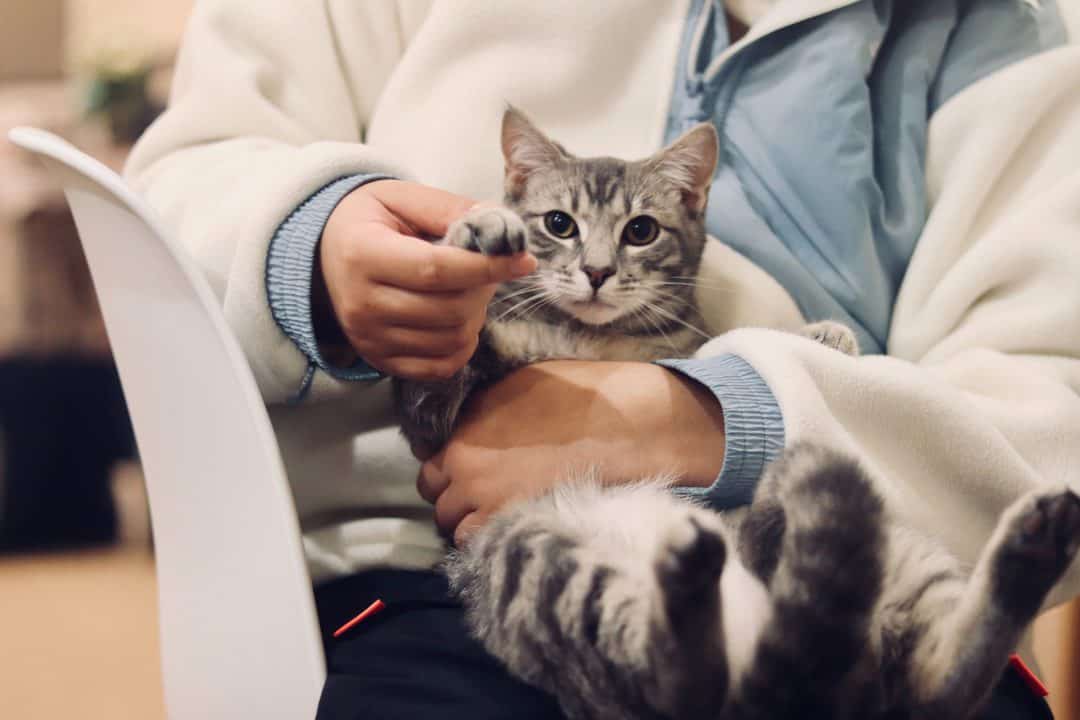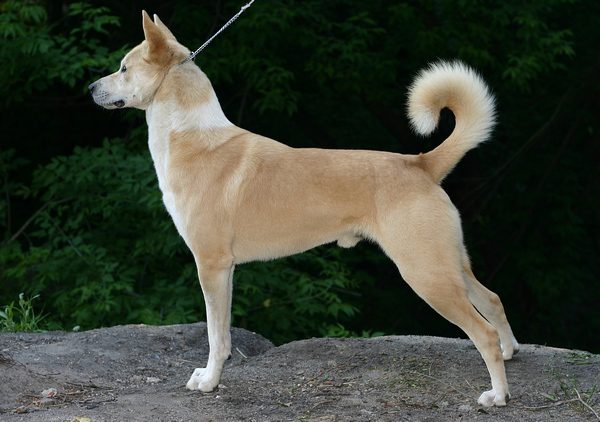Key Takeaways:
- Giant dog breeds require a significant amount of space and exercise to maintain their health and happiness.
- Regular veterinary check-ups are essential for giant dog breeds to monitor their weight, joint health, and overall well-being.
- Proper nutrition is crucial for giant dogs, as they have specific dietary needs that differ from smaller breeds.
- Training and socialization are important for giant dogs to ensure they are well-behaved, obedient, and comfortable around people and other animals.
- Giant dog breeds have shorter lifespans compared to smaller breeds, so it's important to cherish every moment with them and provide the best care possible.
Are you ready to embark on an extraordinary journey into the world of giant dog breeds? If you've ever wondered what it takes to care for these magnificent creatures, then this topic is perfect for you. Not only will you discover the joys and challenges of owning a giant dog, but you'll also gain invaluable insights into their unique needs and characteristics. Understanding how to properly care for these gentle giants is essential if you want to provide them with a happy and healthy life. So, whether you're a current owner or simply fascinated by these larger-than-life canines, get ready to delve into the fascinating world of caring for giant dog breeds. Together, we'll uncover the secrets behind their massive paws and even bigger hearts. Get ready to be amazed!
Common Giant Dog Breeds and Their Special Care Needs
Great Danes
One common giant dog breed is the Great Dane. These gentle giants are known for their large size and friendly nature. Great Danes require special care due to their size and specific health concerns. They need a spacious living environment with plenty of room to move around. Regular exercise is important for them to maintain a healthy weight and prevent joint problems.
Great Danes also have a higher risk of bloat, a condition where the stomach twists, causing severe pain and potentially life-threatening complications. To prevent this, it's recommended to feed them smaller meals throughout the day instead of one large meal. Providing raised food bowls can also help reduce the risk of bloat.
Bernese Mountain Dogs
Bernese Mountain Dogs are another popular giant breed known for their beautiful tri-colored coats and friendly personalities. These dogs thrive in colder climates but can adapt well to various environments. However, they are prone to certain health issues such as hip dysplasia and cancer.
To ensure their well-being, regular veterinary check-ups are essential for early detection and prevention of these conditions. Bernese Mountain Dogs also require regular grooming to keep their long coats free from mats and tangles.
Exercise Requirements for Giant Dog Breeds and Its Importance
Giant dog breeds have higher exercise requirements compared to smaller breeds due to their larger size and energy levels. Regular exercise is crucial for these dogs' overall health, both physically and mentally.
Engaging in activities like daily walks, playtime, or even swimming can help burn off excess energy, maintain muscle tone, and prevent obesity. Adequate exercise also helps promote good behavior by reducing boredom-related behaviors like chewing or digging.
Suitable Diet for Giant Dog Breeds and the Significance of Nutrition
Giant dog breeds have different nutritional needs compared to smaller dogs. Their large size and rapid growth require a diet that supports healthy bone and muscle development. A balanced diet rich in high-quality protein, healthy fats, and essential vitamins and minerals is crucial.
Feeding them a specially formulated large breed dog food can help ensure they receive the right balance of nutrients. It's important to follow feeding guidelines provided by the manufacturer or consult with a veterinarian to avoid overfeeding, which can lead to weight gain and potential health issues.
Grooming Needs for Giant Dog Breeds and Recommended Frequency
Giant dog breeds often have thick coats that require regular grooming to keep them clean, healthy, and free from mats or tangles. The frequency of grooming depends on the specific breed and coat type.
Some giant breeds like Saint Bernards or Newfoundlands have longer coats that may need brushing several times a week to prevent matting. Trimming their nails regularly is also important to prevent discomfort or injury. Additionally, cleaning their ears and brushing their teeth should be part of their grooming routine to maintain overall hygiene.
Potential Health Issues in Giant Dog Breeds and Prevention/Maintenance Tips
Giant dog breeds are prone to certain health issues due to their size and genetics. Some common health concerns include hip dysplasia, bloat, heart problems, and joint issues.
To prevent these conditions or minimize their impact, it's crucial to provide regular veterinary care including vaccinations, check-ups, and preventive medications. Maintaining a healthy weight through proper nutrition and exercise can also reduce the risk of joint problems. Providing elevated food bowls can help prevent bloat in some breeds.
Training Methods for Well-Behaved Giant Dog Breeds
Training is essential for giant dog breeds to ensure they are well-behaved and obedient. Positive reinforcement methods, such as rewarding good behavior with treats or praise, work best for these dogs.
Consistency and patience are key when training giant breeds as they may take longer to mature mentally compared to smaller dogs. It's important to start training from a young age and focus on basic commands like sit, stay, and come. Socialization with other dogs and people is also crucial to prevent any aggressive behaviors.
Tips for Creating a Safe and Comfortable Environment for Giant Dog Breeds
- Provide a spacious living area with enough room for the dog to move around comfortably.
- Ensure there are no hazards or objects that can be easily knocked over by the dog's size.
- Invest in sturdy and durable toys that can withstand their chewing and playing habits.
- Create designated areas for eating, sleeping, and playing to establish routine and boundaries.
- Install baby gates or use crate training if necessary to restrict access to certain areas of the house.
- Provide comfortable bedding that can support their weight and offer joint support.
By creating a safe and comfortable environment, giant dog breeds can feel secure and thrive in their surroundings.
In conclusion, caring for giant dog breeds requires a lot of time, effort, and responsibility. It is important to provide them with proper exercise, nutrition, and regular vet check-ups to ensure their health and happiness.
Are big dogs hard to take care of?
Disadvantages of large breeds include their increased food consumption, higher veterinary costs due to the additional time required to handle and sedate them, and their tendency to shed more than smaller dogs. Furthermore, their larger size can create space issues inside the house.
What is the most gentle giant dog?
The Great Dane is a breed of dog that is renowned for its large size, hence its name. They are commonly referred to as "Gentle Giants" due to their loving and affectionate nature towards all individuals. This makes them an ideal choice for families looking for a loving pet.
What is the life expectancy of a giant breed dog?
Giant and large dogs typically have an average lifespan of 8 to 12 years. This category includes breeds such as Irish Wolfhounds, Newfoundlands, and Giant Schnauzers.
What are the pros and cons of big dogs?
Large dog breeds, such as boxers and bullies, have a reputation for being dangerous, but they are actually more emotionally stable, well-behaved, and good with children compared to smaller breeds like chihuahuas. Additionally, big dogs are quick learners and can easily master various tricks and good behaviors.
How many times a day should a giant breed dog be fed?
Larger dog breeds typically require a higher calorie intake to maintain their weight. However, it is important to avoid overfeeding them in one meal as this can lead to an increased risk of GDV/bloat. To prevent this, it is recommended to spread their meals throughout the day, typically to two or three feedings. It is generally advised not to exceed 2.5-3 cups of food per feeding.
Do big dogs like to cuddle?
There are many large guard dogs that actually enjoy cuddling and sitting on your lap, despite their size. On the other hand, some lapdogs may not be interested in cuddling at all.
















